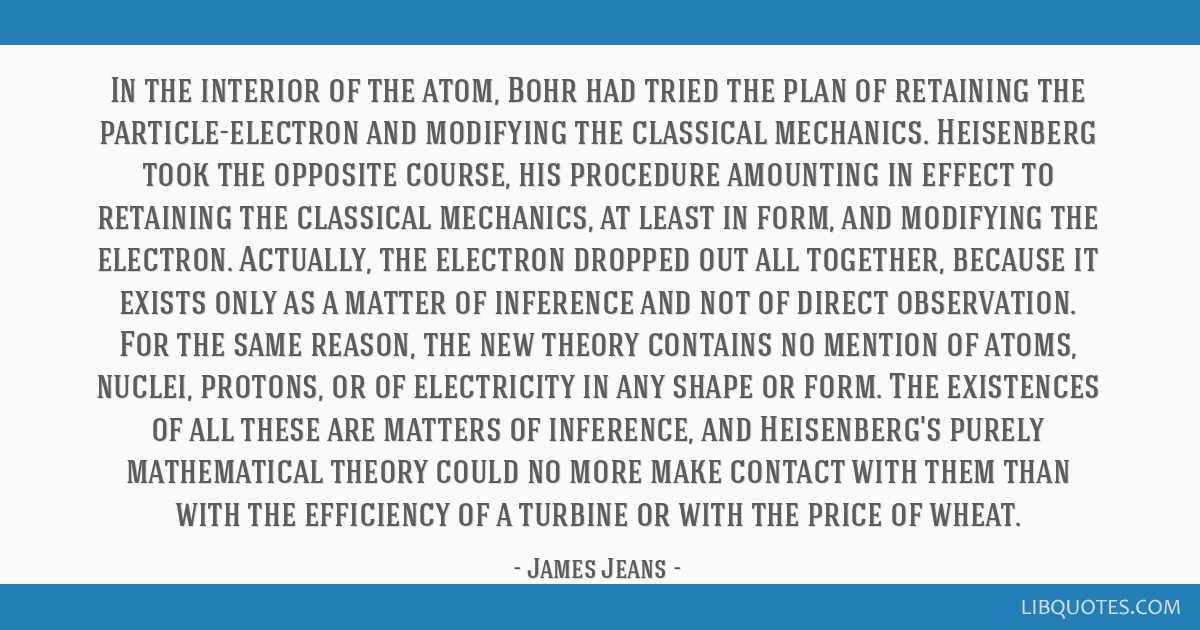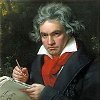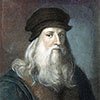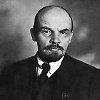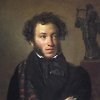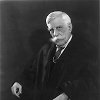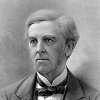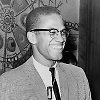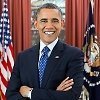In the interior of the atom, Bohr had tried the plan of retaining the particle-electron and modifying the classical mechanics. Heisenberg took the opposite course, his procedure amounting in effect to retaining the classical mechanics, at least in form, and modifying the electron. Actually, the electron dropped out all together, because it exists only as a matter of inference and not of direct observation. For the same reason, the new theory contains no mention of atoms, nuclei, protons, or of electricity in any shape or form. The existences of all these are matters of inference, and Heisenberg's purely mathematical theory could no more make contact with them than with the efficiency of a turbine or with the price of wheat.
Physics and Philosophy (1942)
